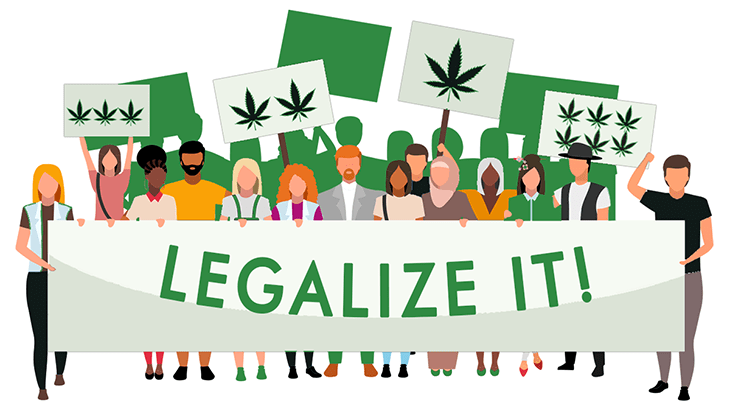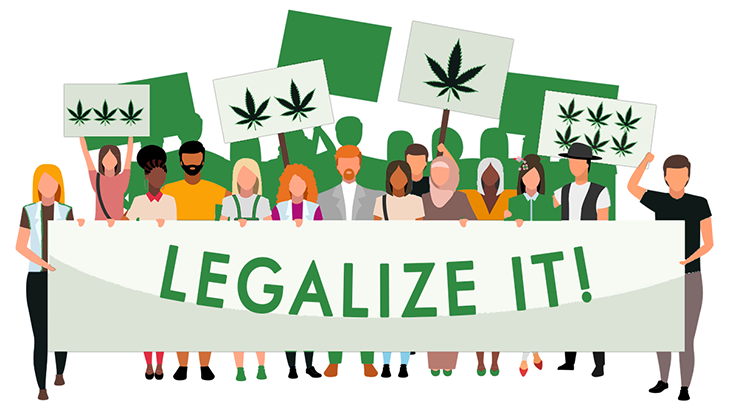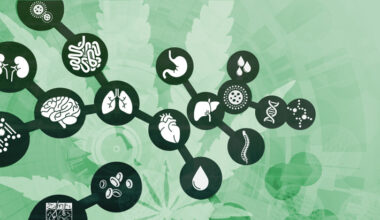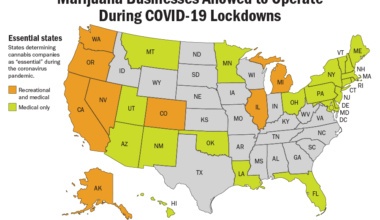
Since its inception, efforts to criminalize marijuana and to stigmatize those who consume it have been based upon hyperbole, stereotypes and outright lies.
The initial push for cannabis criminalization, which began in earnest more than a century ago, had little to do with preserving public health or safety. Instead, the move to prosecute cannabis users was based primarily on sensationalism and xenophobia.
For instance, a July 6, 1927 story in the New York Times, headlined “Mexican Family Goes Insane,” farcically claimed: “A widow and her four children have been driven insane by eating the marihuana plant, according to doctors, who say there is no hope of saving the children’s lives and that the mother will be insane for the rest of her life.”
An academic paper titled “Marijuana,” published in 1933 in The Journal of Law and Criminology similarly made over-the-top allegations about marijuana’s supposed dangers. The authors wrote, “The inevitable result is insanity, which those familiar with it describe as absolutely incurable, and, without exception ending in death.”
By 1937, Harry J. Anslinger — America’s first “Drug Czar” — had successfully lobbied Congress to ban cannabis nationwide. He did so through the continuous use of racist rhetoric. “There are 100,000 total marijuana smokers in the U.S., and most are Negroes, Hispanics, Filipinos, and entertainers. Their Satanic music, jazz and swing, result from marijuana use,” he asserted. “This marijuana causes white women to seek sexual relations with Negroes, entertainers, and any others.”
Fast-forward to 1971. That’s when the Richard Nixon administration declared drug abuse to be “public enemy number one.” The lynchpin of this campaign was marijuana, which Congress had just classified as a Schedule I controlled substance — the strictest federal category available. Yet, privately, Nixon acknowledged that he did not think cannabis was “particularly dangerous,” and he lamented the “ridiculous” penalties faced by those arrested for possessing it.
Nonetheless, he and those in his administration publicly doubled down on the supposed marijuana threat for reasons that were almost entirely political. As his domestic policy chief, John Ehrlichman, later acknowledged, “We couldn’t make it illegal to be either against the (Vietnam) war or Black,” but we could get “the public to associate the hippies with marijuana and Blacks with heroin.”
By “criminalizing both heavily,” Ehrlichman explained, “we could disrupt those communities. We could arrest their leaders, raid their homes, break up their meetings, and vilify them night after night on the evening news.”
“Did we know we were lying about the drugs?” he asked. “Of course we did.”
Now, 50-plus years later, marijuana remains categorized as a Schedule I controlled substance — the same classification as heroin — and various politicians still reiterate many of these same myths and mistruths. Slowly but surely, the public is turning the page.
According to Gallup, 70 percent of U.S. adults think “the use of marijuana should be legal.”
That’s an increase of 19 percentage points since 2014 when Colorado and Washington became the first states to implement adult-use cannabis legalization. Twenty-four states have now done so — and no state has ever repealed marijuana legalization.
In recent weeks, both major-party presidential candidates have called for ending the practice of arresting and jailing marijuana consumers. It’s about time.
Marijuana prohibition has been a fraud from the beginning — often propagated by politicians and bureaucrats who were in on the sham. It’s high time we end it.
This op-ed was originally published by Inside Sources.
Related
Medical Disclaimer:
The information provided in these blog posts is intended for general informational and educational purposes only. It is not a substitute for professional medical advice, diagnosis, or treatment. Always seek the advice of your physician or other qualified healthcare provider with any questions you may have regarding a medical condition. The use of any information provided in these blog posts is solely at your own risk. The authors and the website do not recommend or endorse any specific products, treatments, or procedures mentioned. Reliance on any information in these blog posts is solely at your own discretion.






